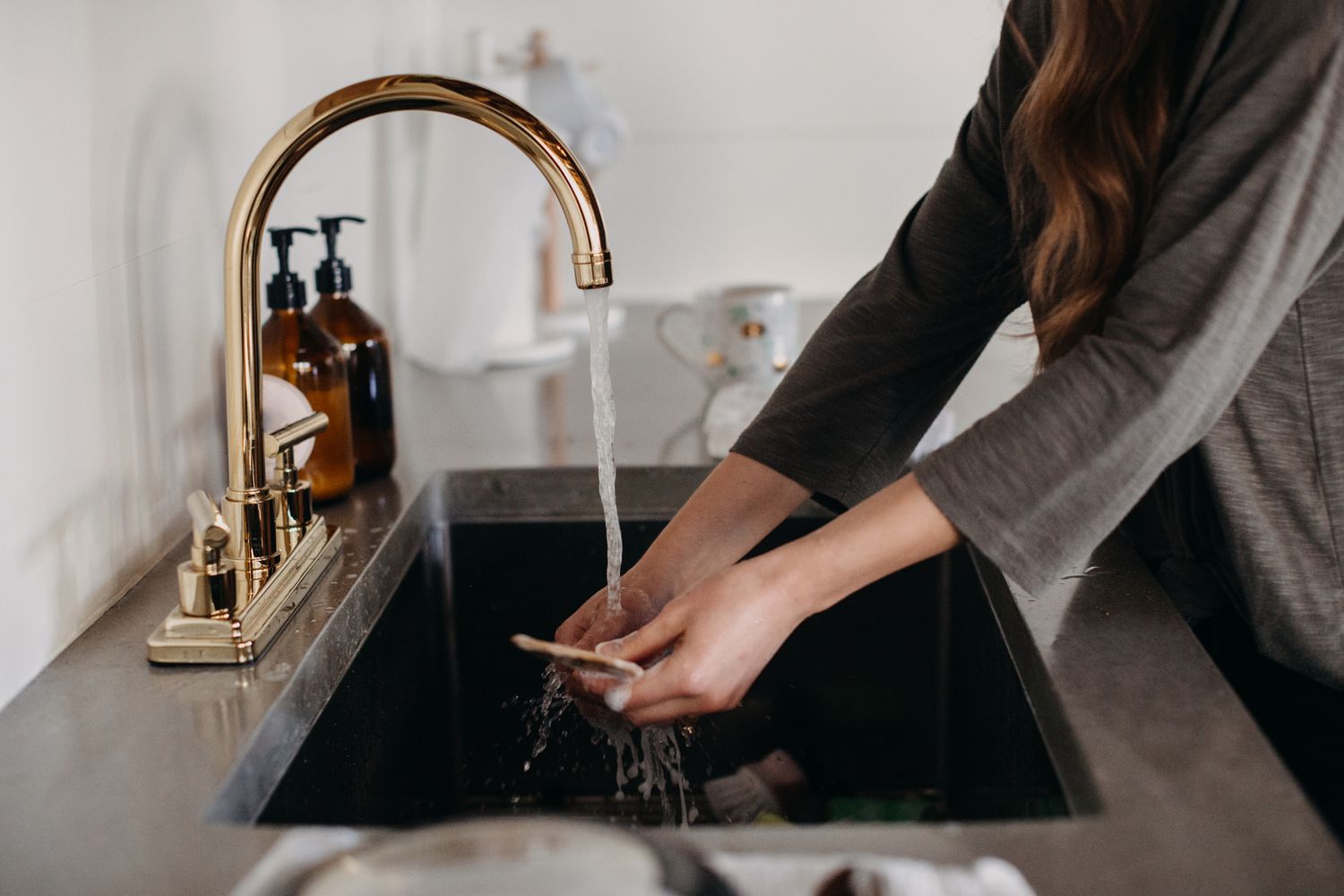

Articles
How Many Gallons Per Minute Does A Faucet Use
Modified: March 1, 2024
Discover the water-saving benefits of low-flow faucets. Learn how many gallons per minute a standard faucet uses and find articles on water conservation.
(Many of the links in this article redirect to a specific reviewed product. Your purchase of these products through affiliate links helps to generate commission for Storables.com, at no extra cost. Learn more)
Introduction
When it comes to water usage in our homes, faucets play a crucial role. Whether we’re washing our hands, doing the dishes, or filling up a glass of water, faucets are a daily necessity. But have you ever wondered how much water is actually flowing through your faucet every minute? Knowing the gallons per minute (GPM) of your faucet can help you understand your water usage and make informed decisions about water conservation.
In this article, we will delve into the world of faucet flow rates and explore the factors that affect GPM. We will also discuss the water efficiency standards for faucets and provide an overview of average GPMs for different types of faucets. Additionally, we will guide you on how to measure your faucet’s GPM and introduce ways to reduce water usage without compromising functionality.
Understanding faucet flow rates is not only crucial for managing your water consumption but also for promoting sustainability. By being mindful of how much water we use, we can contribute to conserving this precious natural resource and reducing our environmental impact.
Key Takeaways:
- Understanding faucet flow rates and GPM is crucial for water conservation and informed decision-making. Factors like aerators, valve types, and water pressure affect GPM, impacting water usage and environmental footprint.
- Measuring and reducing faucet water usage through low-flow aerators, water-efficient faucets, and mindful habits can lead to significant water conservation and environmental impact. Every drop counts in promoting sustainability.
Read more: How Many Gallons Per Minute Is A Garden Hose
Understanding Faucet Flow Rates
Faucet flow rate refers to the amount of water that flows through a faucet in a given amount of time, usually measured in gallons per minute (GPM). It determines how quickly or slowly water flows out of the faucet when it is fully open. Understanding faucet flow rates can help you assess your water usage and make informed decisions about water conservation.
The flow rate of a faucet is primarily determined by the design and configuration of the faucet’s internal components, such as the valve and aerator. Different types of faucets can have varying flow rates, ranging from low-flow to high-flow options.
When it comes to faucet flow rates, there are two main types to consider:
- Standard Flow Faucets: These faucets typically have a higher flow rate, ranging from 2 to 2.5 GPM. They are commonly found in older homes or commercial settings where high water pressure is desired.
- Low-Flow Faucets: These faucets are designed to conserve water by reducing the flow rate. They often have a flow rate of 1.5 GPM or even lower. Low-flow faucets are becoming increasingly popular due to their water-saving benefits.
It’s important to note that the flow rate can also be influenced by external factors such as water pressure. If your home has low water pressure, it may result in a lower flow rate regardless of the faucet type.
Faucet flow rates have a direct impact on water usage. The higher the flow rate, the more water is consumed when using the faucet. By understanding the flow rates of your faucets, you can make conscious choices to conserve water and reduce your environmental footprint.
Factors Affecting Gallons Per Minute (GPM)
Several factors can affect the gallons per minute (GPM) of a faucet. Understanding these factors will help you determine the flow rate of your faucet and make adjustments to optimize water usage.
1. Aerator: The aerator is a small device located at the end of the faucet spout. It functions by mixing air with the water, creating a steady and controlled flow. The design and type of aerator can significantly impact the flow rate of the faucet. Low-flow aerators are specifically designed to reduce water usage by limiting the amount of water that flows through the faucet.
2. Valve Type: The internal valve of a faucet controls the flow of water. Different valve types have varying flow rates. Compression valves, for example, tend to have higher flow rates compared to ceramic disc valves, which are designed for water conservation.
3. Supply Line Pressure: The pressure of the water supply coming into your home can also affect the flow rate of your faucet. If the supply line pressure is low, it can result in a lower GPM, while high supply line pressure can generate a higher flow rate.
4. Pipe Diameter and Condition: The diameter of the pipes through which the water flows can impact the flow rate. Narrow pipes may cause a decrease in GPM, while wider pipes can allow for a higher flow rate. Additionally, the condition of the pipes, such as corrosion or blockages, can affect water pressure and subsequently impact the faucet’s flow rate.
5. Water Pressure Regulator: Some homes have a water pressure regulator installed to control the overall pressure of the water supply. If the regulator is set to restrict the pressure, it can affect the flow rate of the faucet.
6. Faucet Type: Different types of faucets, such as single handle faucets, double handle faucets, or pull-down faucets, can have varying flow rates. It’s important to consider the faucet type when assessing the GPM.
Understanding these factors will help you identify potential issues that may affect the flow rate of your faucet. By addressing these factors and making necessary adjustments, you can optimize water usage and maintain an efficient flow rate.
Water Efficiency Standards for Faucets
In an effort to promote water conservation, regulatory bodies have established water efficiency standards for faucets. These standards aim to limit the flow rate of faucets, reducing water consumption without compromising functionality.
One of the most recognized water efficiency standards is the Environmental Protection Agency’s (EPA) WaterSense program. WaterSense is a voluntary labeling program that certifies water-efficient products, including faucets. To earn the WaterSense label, a faucet must meet specific criteria related to water efficiency and performance.
For bathroom sink faucets, the WaterSense standard requires a maximum flow rate of 1.5 gallons per minute (GPM). This ensures that the faucet provides an adequate flow of water while reducing water wastage. The WaterSense label helps consumers identify faucets that meet these water efficiency standards, making it easier to choose eco-friendly options.
It’s worth noting that not all faucets are required to meet the WaterSense standard. However, many manufacturers have embraced water efficiency initiatives and offer a wide range of WaterSense-labeled faucets that meet or exceed the requirements.
In addition to WaterSense, other organizations and regions may have their own water efficiency standards and certifications. For example, the California Energy Commission (CEC) has established the Title 20 regulations, which mandate maximum flow rates for both kitchen and bathroom faucets sold in California. These regulations set the flow rate at 1.2 GPM for bathroom sink faucets and 1.8 GPM for kitchen faucets.
By choosing faucets that adhere to water efficiency standards, you can contribute to water conservation efforts and reduce water consumption in your home. Not only will this help protect the environment, but it can also result in lower water bills over time.
Consider installing a low-flow aerator on your faucet to reduce water usage. These aerators can reduce flow to as low as 1.5 gallons per minute, saving water and money.
Average Gallons Per Minute (GPM) for Faucets
The average gallons per minute (GPM) for faucets can vary depending on the type and design of the faucet. Understanding these average flow rates can help you gauge the water usage of different faucets and make informed decisions when choosing new fixtures.
1. Bathroom Sink Faucets: The average GPM for bathroom sink faucets ranges from 1.2 to 1.5 GPM. Many water-efficient faucets are designed to meet the WaterSense standard of 1.5 GPM, offering a good balance between water conservation and functionality.
2. Kitchen Sink Faucets: Kitchen sink faucets tend to have a slightly higher flow rate due to the need for more water during cooking, cleaning, and dishwashing. The average GPM for kitchen faucets ranges from 1.8 to 2.2 GPM. However, many manufacturers offer low-flow kitchen faucets that meet the WaterSense standard of 1.5 GPM to promote water conservation in the kitchen.
3. Showerheads: While not specifically a faucet, the flow rate of a showerhead is worth considering when discussing water usage. Traditional showerheads typically have an average flow rate of 2.5 GPM. However, water-efficient options are available with flow rates as low as 1.5 GPM to conserve water without compromising the showering experience.
4. Bathtub Faucets: Bathtub faucets generally have higher flow rates as they need to fill up the tub quickly. The average GPM for bathtub faucets can range from 4 to 6 GPM, ensuring that the tub can fill up in a reasonable amount of time.
It’s important to note that these are average flow rates and can vary depending on the specific make and model of the faucet. Additionally, various designs, technologies, and water efficiency standards can impact the flow rates of faucets. When purchasing new faucets, be sure to check the product specifications or look for WaterSense-labeled options to ensure water efficiency.
Choosing faucets with lower flow rates can help you conserve water, reduce your environmental impact, and potentially save on water bills in the long run. However, it’s essential to find a balance between water conservation and the functionality required for your specific needs.
How to Measure your Faucet’s GPM
Measuring your faucet’s gallons per minute (GPM) is a simple process that can help you determine its water flow rate. This measurement can be useful for understanding your water usage and identifying opportunities for conservation. Here’s a step-by-step guide on how to measure your faucet’s GPM:
- Gather the Tools: To measure your faucet’s GPM, you will need a stopwatch or timer, a measuring cup or bucket with known volume markings, and a towel or cloth to catch any water splashes.
- Remove the Aerator: The aerator is a small device located at the end of your faucet spout. It helps control the flow of water and often has a flow restrictor that limits the GPM. Carefully unscrew and remove the aerator from the faucet spout. You may need to use pliers or a wrench if it’s tightly secured.
- Turn on the Faucet: Turn on the faucet to the maximum flow or open position. Make sure to place the measuring cup or bucket under the faucet spout to catch the water.
- Start the Timer: Use the stopwatch or timer to measure the time it takes to fill the measuring cup or bucket to a certain volume. It’s best to measure the time it takes to reach a full or known measurement, such as one gallon or half a gallon.
- Stop the Timer: Once you have reached the desired volume or measurement, stop the timer and note the time it took to fill the container.
- Calculate the GPM: To calculate the GPM, divide the volume of water collected in gallons by the time taken to fill it in minutes. For example, if it took 30 seconds (0.5 minutes) to fill a one-gallon container, the calculation would be: 1 gallon / 0.5 minutes = 2 GPM.
- Replace the Aerator: After measuring the GPM, securely screw the aerator back onto the faucet spout. Ensure it is tightly attached but be careful not to overtighten, as it may damage the aerator or faucet.
It’s important to note that the flow rate can vary based on factors such as water pressure or the condition of your plumbing system. Therefore, it’s a good idea to repeat the measurement a few times and take an average to get a more accurate GPM reading.
By measuring your faucet’s GPM, you can gain insight into your water usage and identify opportunities to conserve water. If you find that your faucet has a higher flow rate than desired, you can consider installing a water-saving aerator or seek out low-flow faucet options to reduce water consumption.
Remember, water conservation starts with awareness, and measuring your faucet’s GPM is a practical step towards understanding and managing your water usage.
Ways to Reduce Faucet Water Usage
Reducing faucet water usage not only helps you conserve water but also lowers your monthly water bills and reduces your environmental impact. Here are some effective ways to reduce water usage from your faucets:
- Install Low-Flow Aerators: Consider replacing the aerators on your faucets with low-flow aerators. These devices mix air with the water to create a steady stream while reducing the flow rate. They can significantly reduce water usage without compromising water pressure.
- Choose Water-Efficient Faucets: When purchasing new faucets, look for WaterSense-labeled models. These faucets are certified to meet water efficiency standards and are designed to use less water while maintaining performance. They can help you save water and reduce your environmental footprint.
- Fix Leaks Promptly: Even a small leak can waste a significant amount of water over time. Regularly check your faucets for any leaks or drips and repair them promptly. This simple step can prevent unnecessary water wastage and save water in the long run.
- Reduce Flow Rate: Adjusting the flow rate of your faucet can help conserve water. Most faucets have a built-in flow restrictor that you can adjust to reduce the flow. Be mindful of finding a balance between water conservation and functionality, ensuring the stream is still sufficient for your needs.
- Turn off the Faucet When Not in Use: Develop the habit of turning off the faucet while performing tasks like brushing your teeth, scrubbing dishes, or lathering your hands. This simple action can save a significant amount of water compared to leaving the faucet running continuously.
- Use Cold Water When Possible: Opt for cold water instead of hot water for tasks that don’t require hot water, such as washing hands or rinsing dishes. This reduces the energy required to heat the water and can help conserve both water and energy.
- Use Faucet Aerators: Consider installing faucet aerators on your faucets if they don’t already have them. These devices reduce the flow rate by mixing air with the water. They are affordable, easy to install, and can significantly reduce water usage.
- Modify Water Usage Habits: Be conscious of your water usage habits and look for opportunities to reduce consumption. For example, fill a sink or basin with water when washing dishes, instead of letting the water run continuously. Use a cup or mug to rinse your mouth while brushing your teeth, rather than using running water.
- Educate Household Members: Encourage your family members or household occupants to be mindful of water usage. Teach them simple water-saving habits and remind them of the importance of conserving water. By working together, you can make a significant impact on reducing faucet water usage.
Implementing these water-saving methods can help you reduce faucet water usage and contribute to water conservation efforts. Remember, every drop counts, and small changes in our daily habits can make a big difference in preserving this precious resource for future generations.
Conclusion
Understanding the gallons per minute (GPM) of your faucet is essential for managing water usage and promoting sustainability. Faucet flow rates can vary depending on factors such as aerators, valve types, supply line pressure, and faucet design. By knowing the GPM of your faucets, you can make informed decisions about water conservation without compromising functionality.
Water efficiency standards, such as the EPA’s WaterSense program, play a crucial role in promoting water conservation. WaterSense-labeled faucets meet specific criteria for water efficiency and performance, ensuring reduced water consumption without sacrificing performance.
On average, bathroom sink faucets have a flow rate of 1.2 to 1.5 GPM, while kitchen sink faucets have a slightly higher range of 1.8 to 2.2 GPM. Showerheads typically have a flow rate of 2.5 GPM, and bathtub faucets can range from 4 to 6 GPM to fill the tub quickly.
Measuring your faucet’s GPM is a simple process that can be done using a stopwatch and a measuring cup. By understanding your faucet’s flow rate, you can identify any potential water wastage and take steps to optimize water usage.
To reduce faucet water usage, consider installing low-flow aerators, choosing water-efficient faucets, promptly fixing any leaks, reducing the flow rate, and turning off the faucet when not in use. Modifying water usage habits and educating household members about the importance of water conservation are additional steps you can take to make a difference.
In conclusion, managing faucet water usage is crucial for conserving water resources, reducing utility bills, and minimizing our environmental impact. By being mindful of our water consumption and implementing water-saving practices, we can contribute to a more sustainable future while still enjoying the convenience of modern faucets.
Frequently Asked Questions about How Many Gallons Per Minute Does A Faucet Use
Was this page helpful?
At Storables.com, we guarantee accurate and reliable information. Our content, validated by Expert Board Contributors, is crafted following stringent Editorial Policies. We're committed to providing you with well-researched, expert-backed insights for all your informational needs.
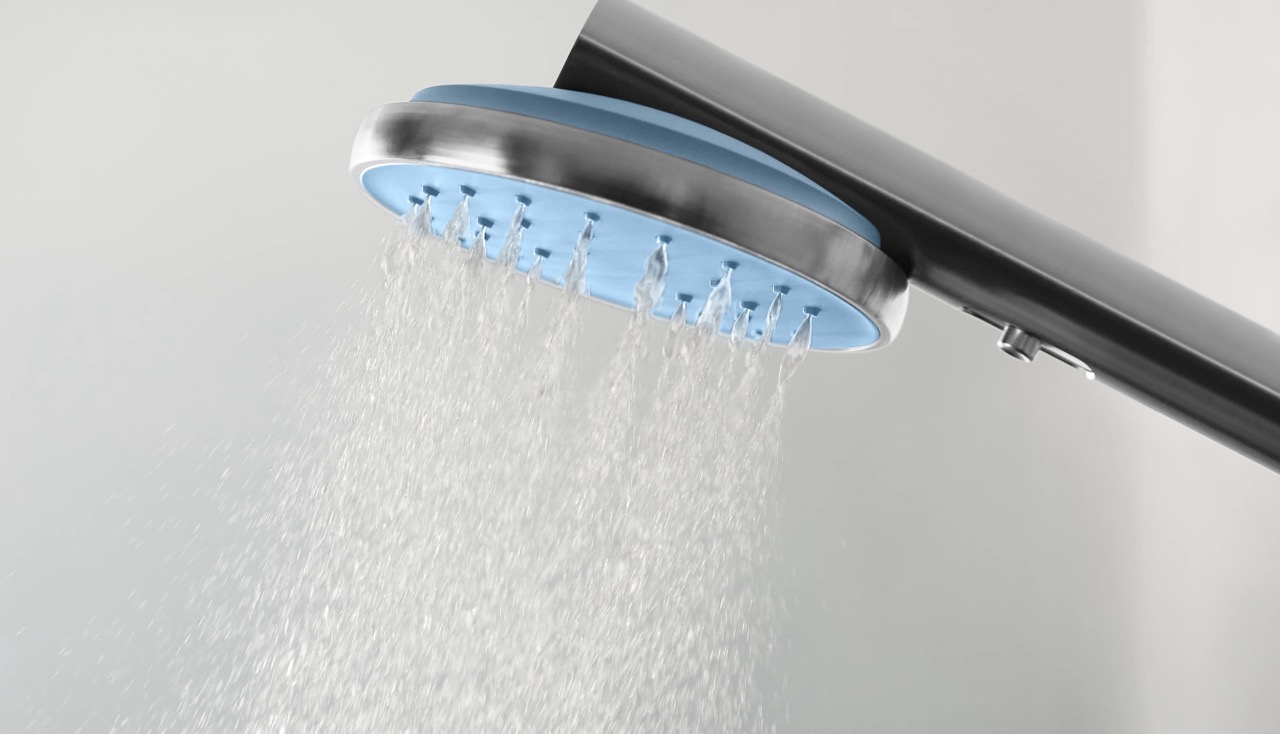
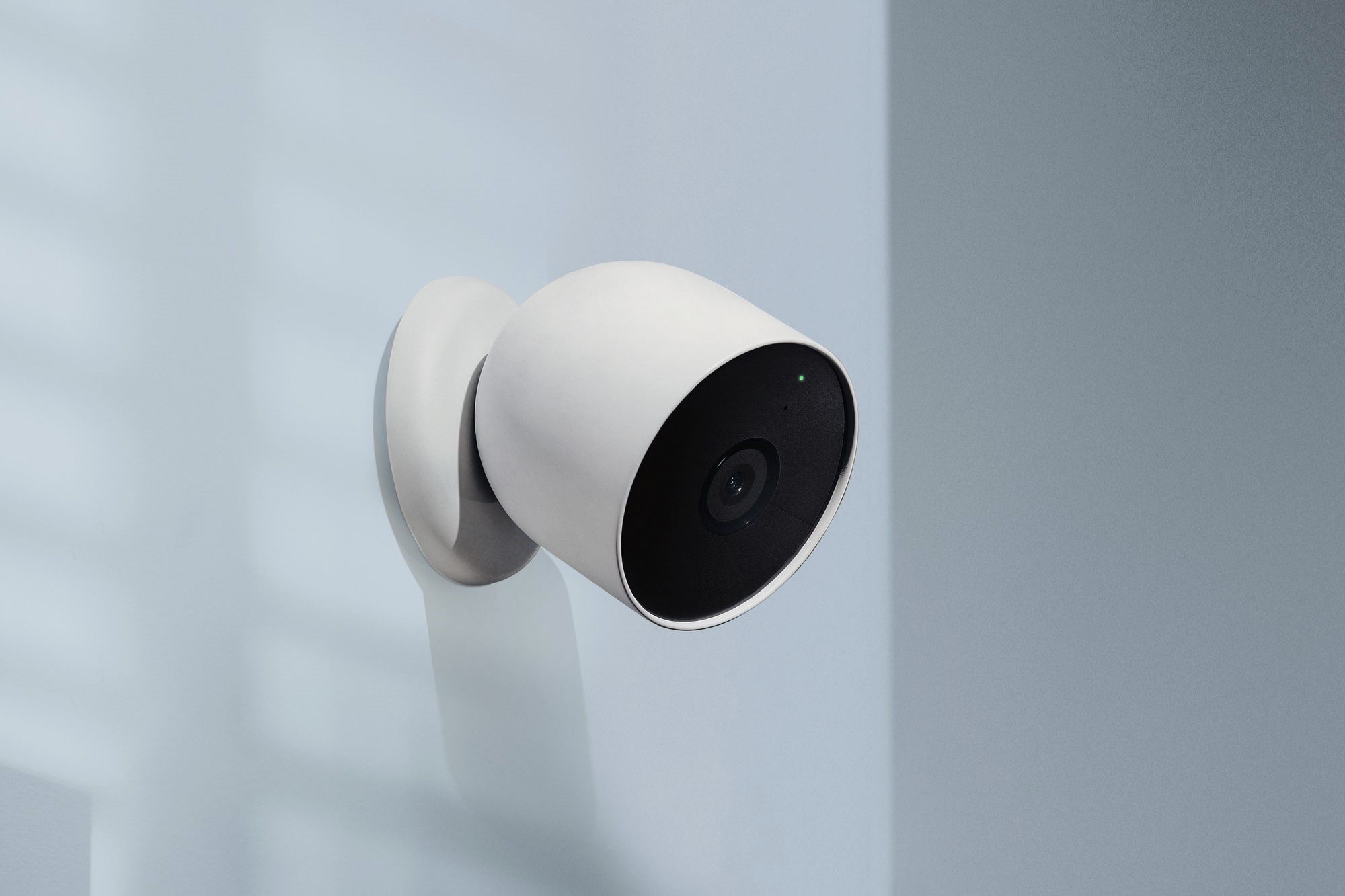
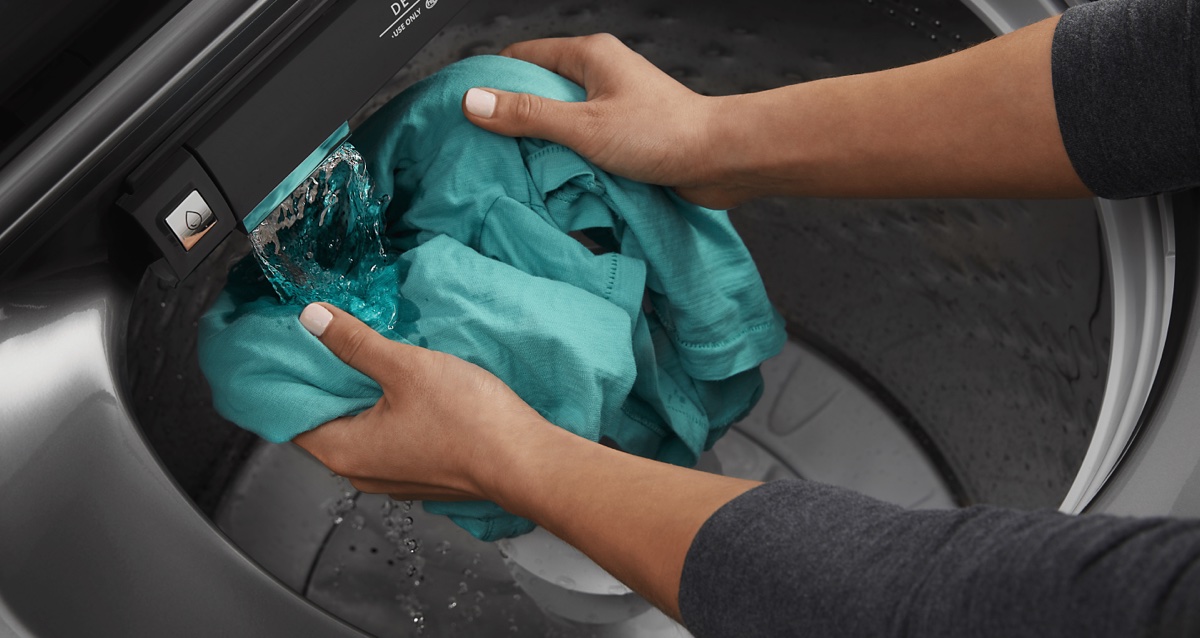
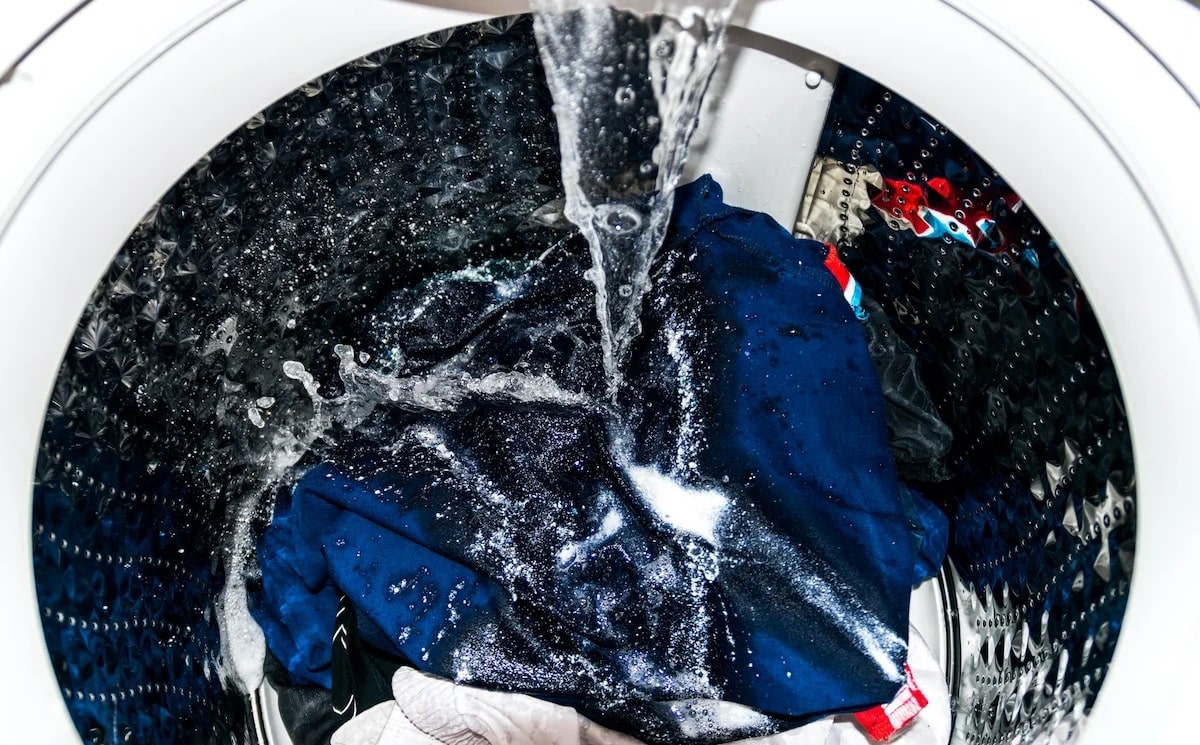
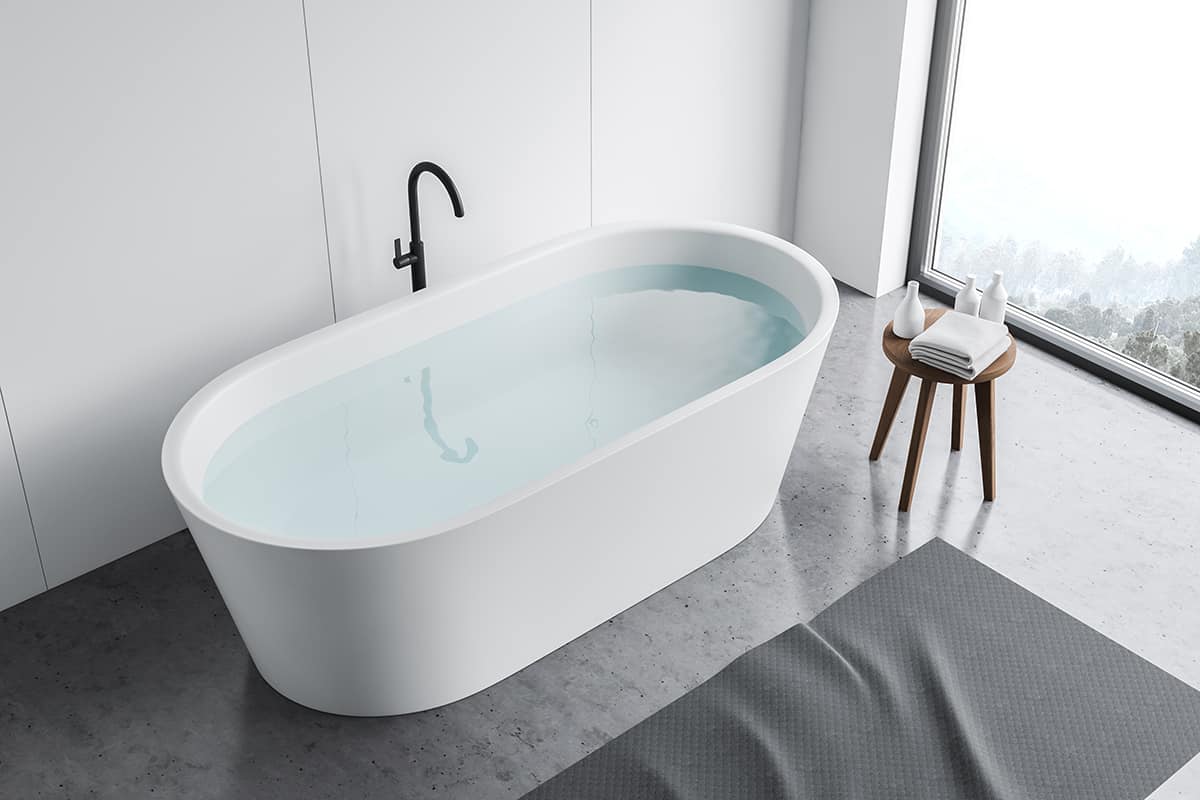
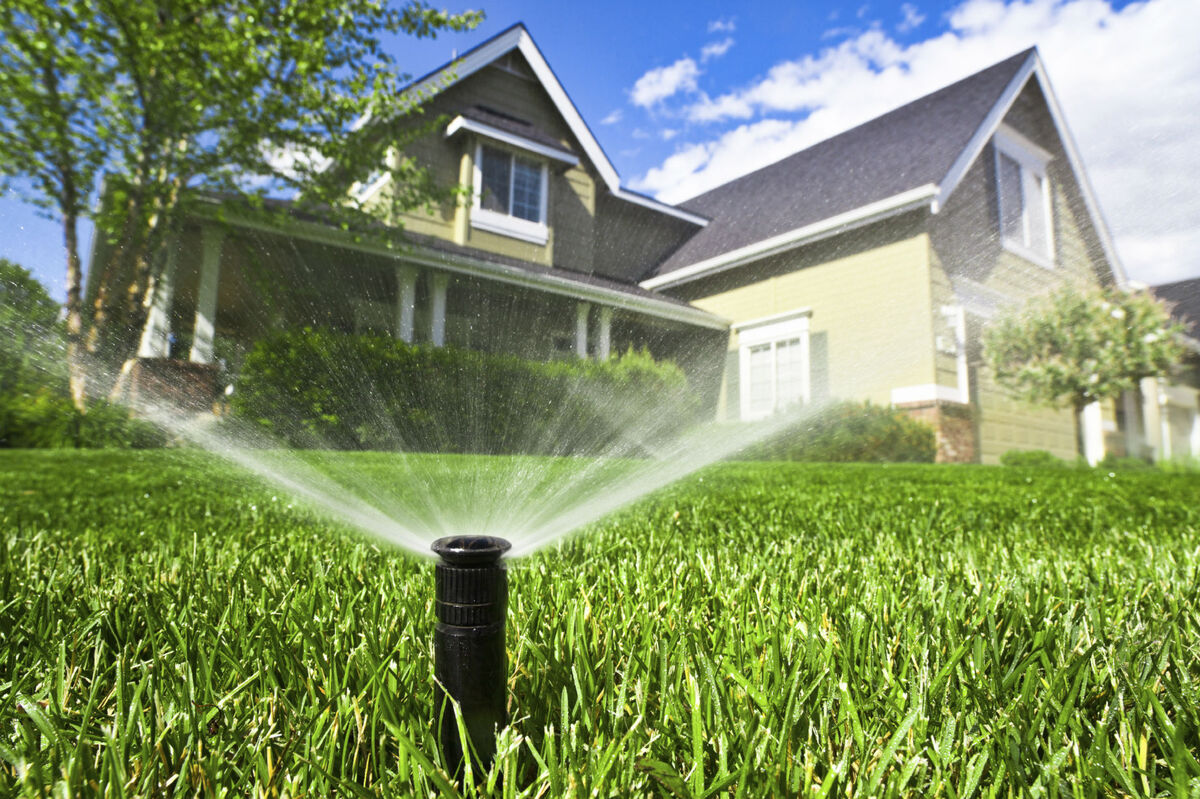
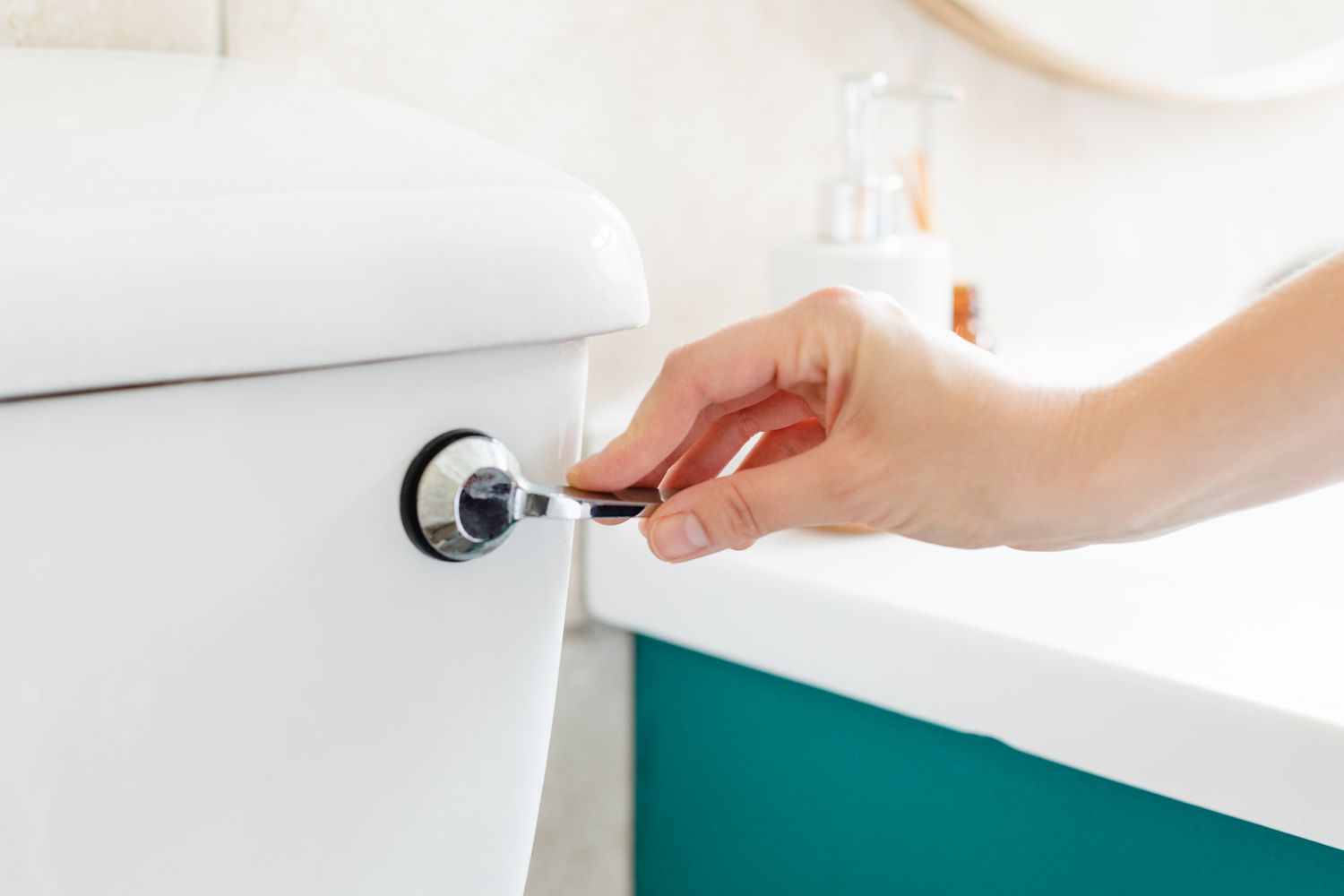


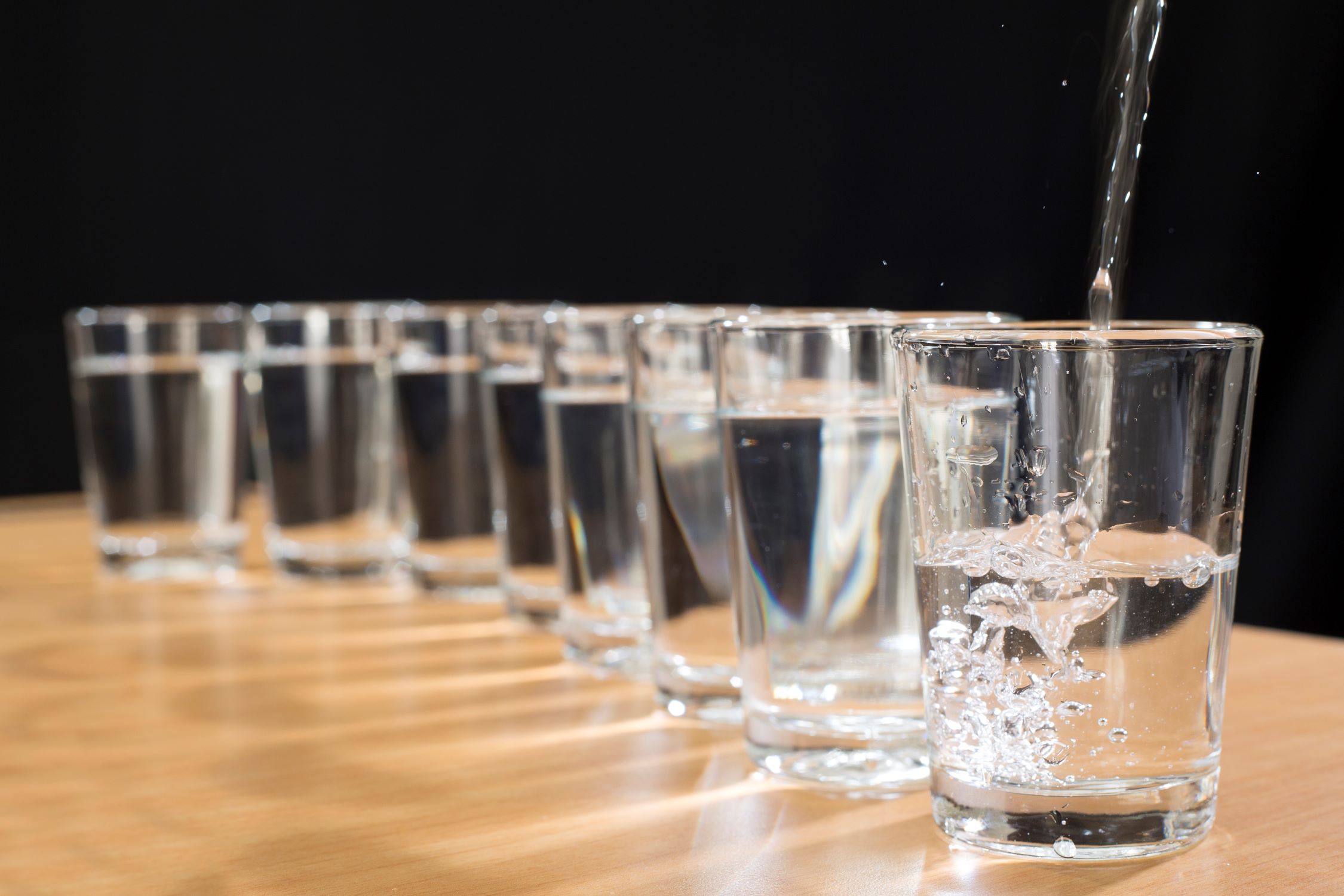
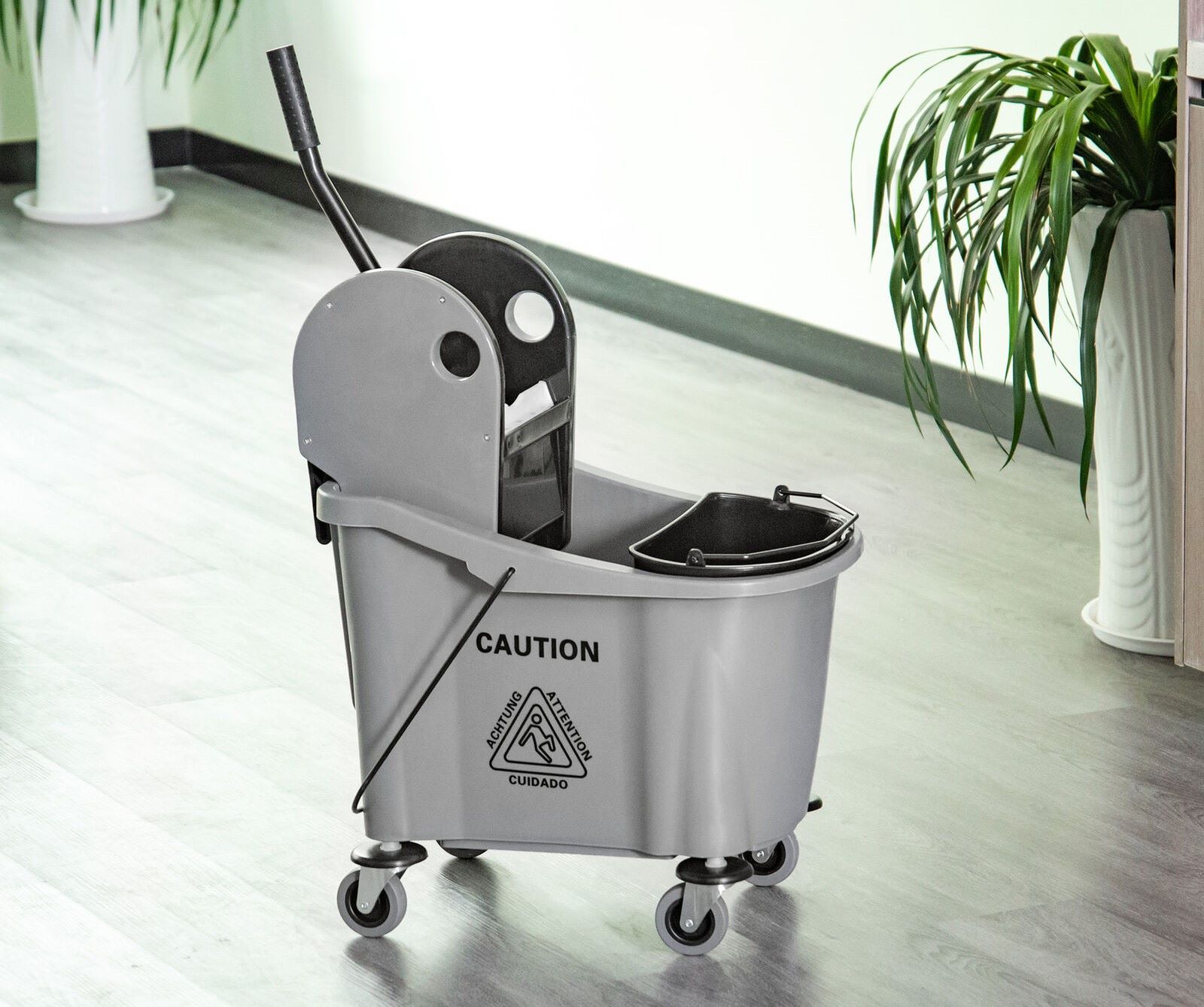




0 thoughts on “How Many Gallons Per Minute Does A Faucet Use”